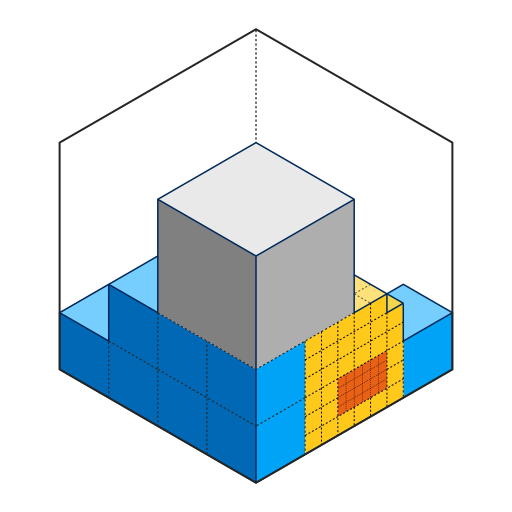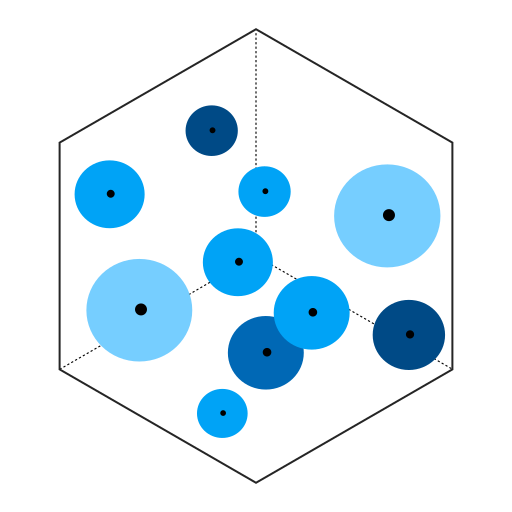High Performance Volume Kernels
Intel® Open Volume Kernel Library (Intel® Open VKL) is a collection of high performance volume computation kernels.
With Open VKL, you can improve your volume rendering application using a wide variety of volumetric data structures, as well as performance-optimized traversal and sampling algorithms.
We optimize Open VKL the latest x86 processors with support for SSE, AVX, AVX2, and AVX-512 instructions, and for ARM processors with support for NEON instructions. Open VKL supports Intel GPUs based on the Xe HPG microarchitecture (Intel® Arc™ GPU) under Linux and Windows and Xe HPC microarchitecture (Intel® Data Center GPU Flex Series and Intel® Data Center GPU Max Series) under Linux. Intel GPU support leverages the SYCL open standard programming language
Open VKL is available as open source under the Apache 2.0 license.
Current Release: v2.0.0
This Open VKL release adds support for Intel® Arc™ GPUs, Intel® Data Center GPU Flex Series and Intel® Data Center GPU Max Series through SYCL. GPU support is currently in beta.
Algorithms

Point Sampling
Open VKL provides highly optimized sampling routines for all data structures.

Hit Iterators
Directly ray trace isosurfaces in your data - no meshing required!

Interval Iterators
Walk along a ray in segments, skipping empty space and getting value ranges for delta tracking or step sizes for ray marching.
Open Standards
The permissive Apache 2.0 license won't lock you in! Download the Open VKL source code on GitHub and modify it to fit your needs.
Open VKL is built with open source software such as the vectorizing Intel® ISPC compiler and Intel® Embree. Open VKL understands data stored with Open VDB, and can access it without conversion. This is a great way to enable lighting fast vectorized code in your pipeline!
Data Structures

Structured Regular
Structured regular volumes are blazingly fast, and a great option for small to medium sized data sets.

Structured Spherical
Some problems have a spherical structure. Use structured spherical volumes for efficient storage in this case!

VDB
The de facto standard in studio pipelines around the world, VDB is a sparse, hierarchical grid structure.

Adaptive Mesh Refinement
Popular in the scientific visualization community, AMR volumes provide great empty space culling and near infinite detail.

Unstructured
Unstructured volumes adapt perfectly to polygonal surface meshes, and are often used in finite element simulations.

Particle
Disintegrate your data! Particle volumes represent field data using RBF kernels centered around points in space.
